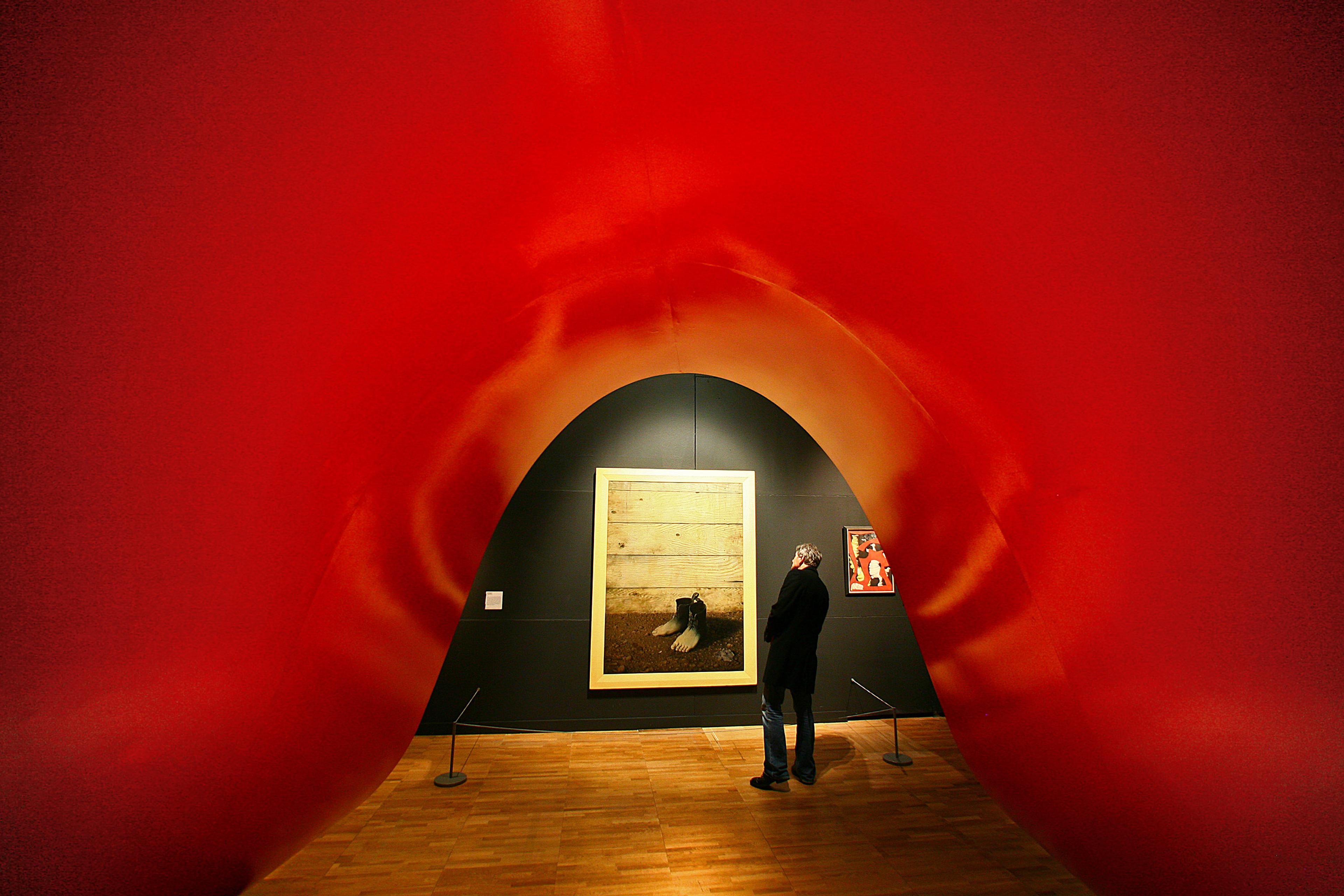
A touch of absurdity can help to wrap your mind around reality
And now for something completely different: how a dose of the surreal or absurd helps to make sense of our place in the world
by David Robson

And now for something completely different: how a dose of the surreal or absurd helps to make sense of our place in the world
by David Robson

Artworks have the capacity to transport us into other worlds. But where exactly do we go when we are immersed in art?
by Harri Mäcklin

Artemisia Gentileschi’s body of work has been framed by her personal history. Her paintings should speak for themselves
by Eliza Apperly
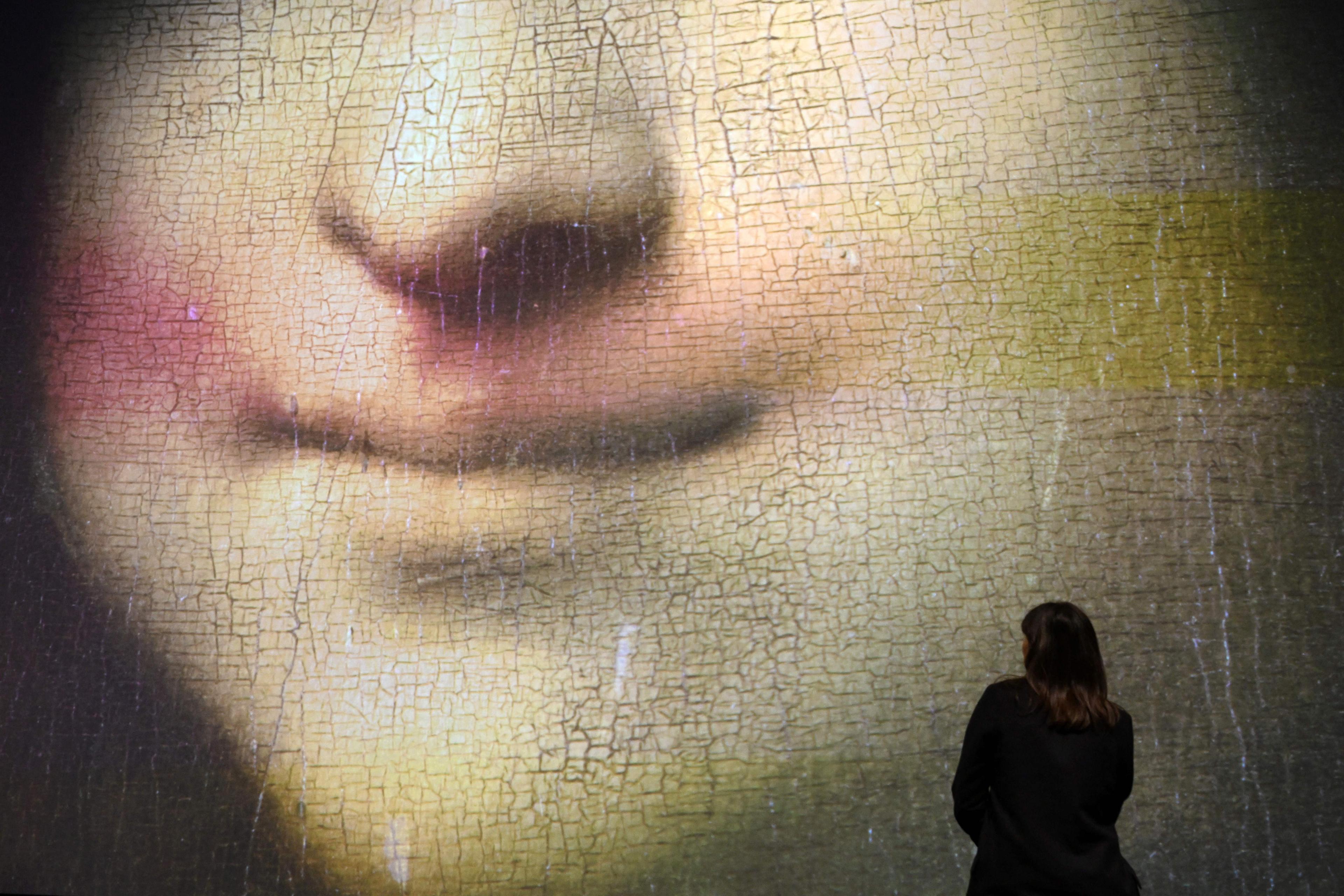
When you engage with an artwork, a form of cognitive coupling takes place in which your mind and the art are transformed
by Miranda Anderson
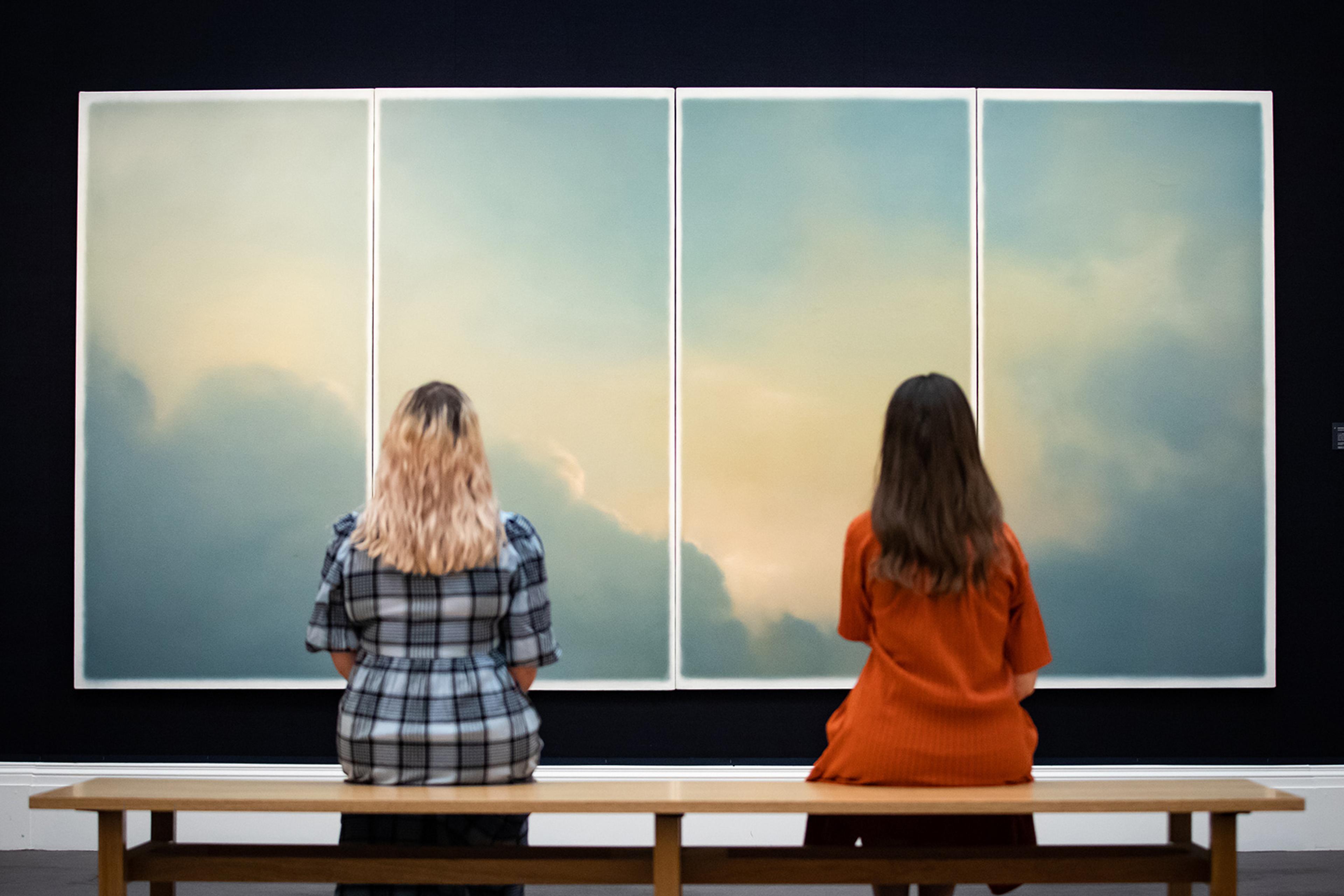
Aesthetic sensitivity is not about being correct in your judgments of beauty, but rather how much you’re affected by it
by Guido Corradi
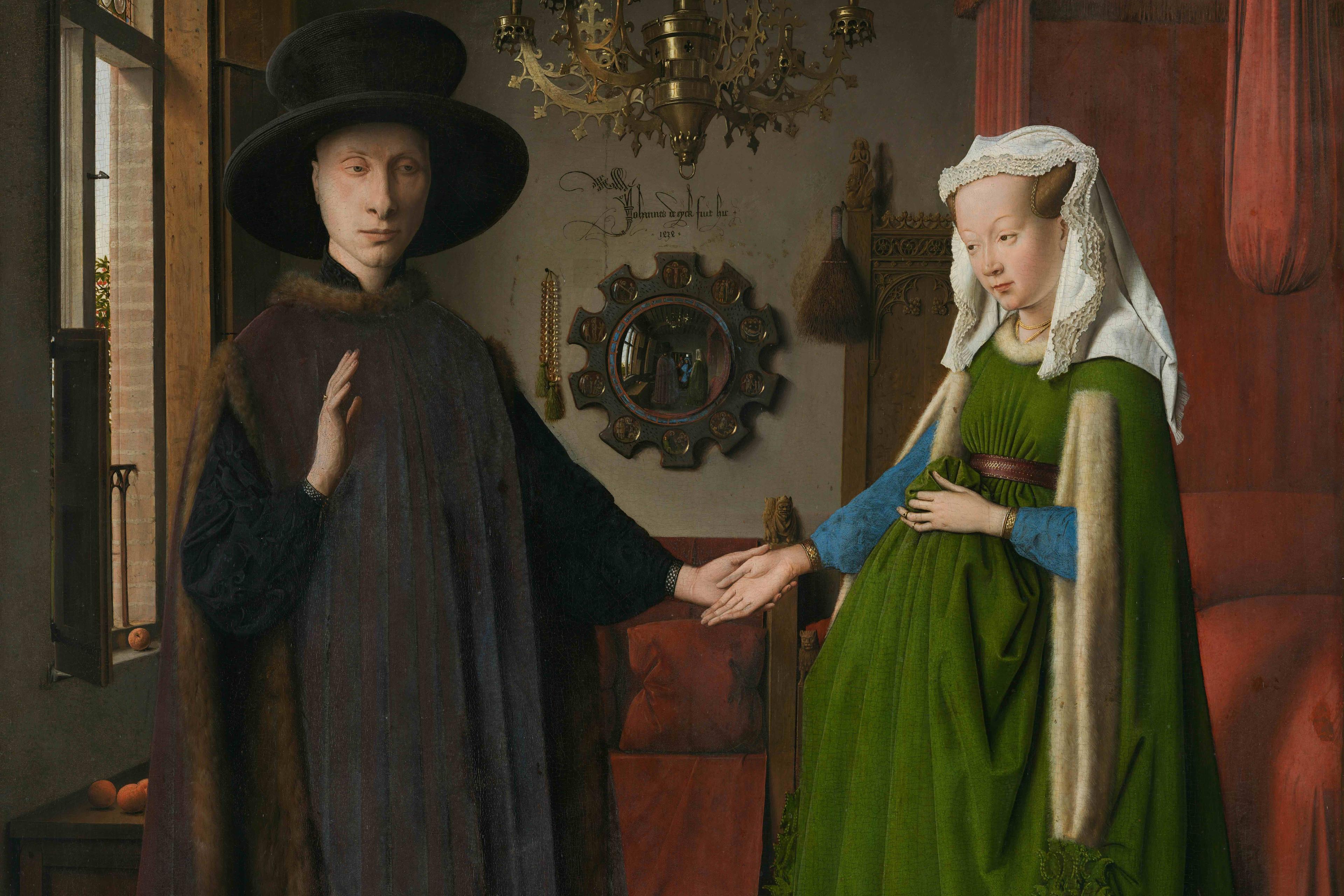
Visual literacy is a skillset that’s rarely taught, but it begins with learning how to look – and how to hold time still
by Grace Linden
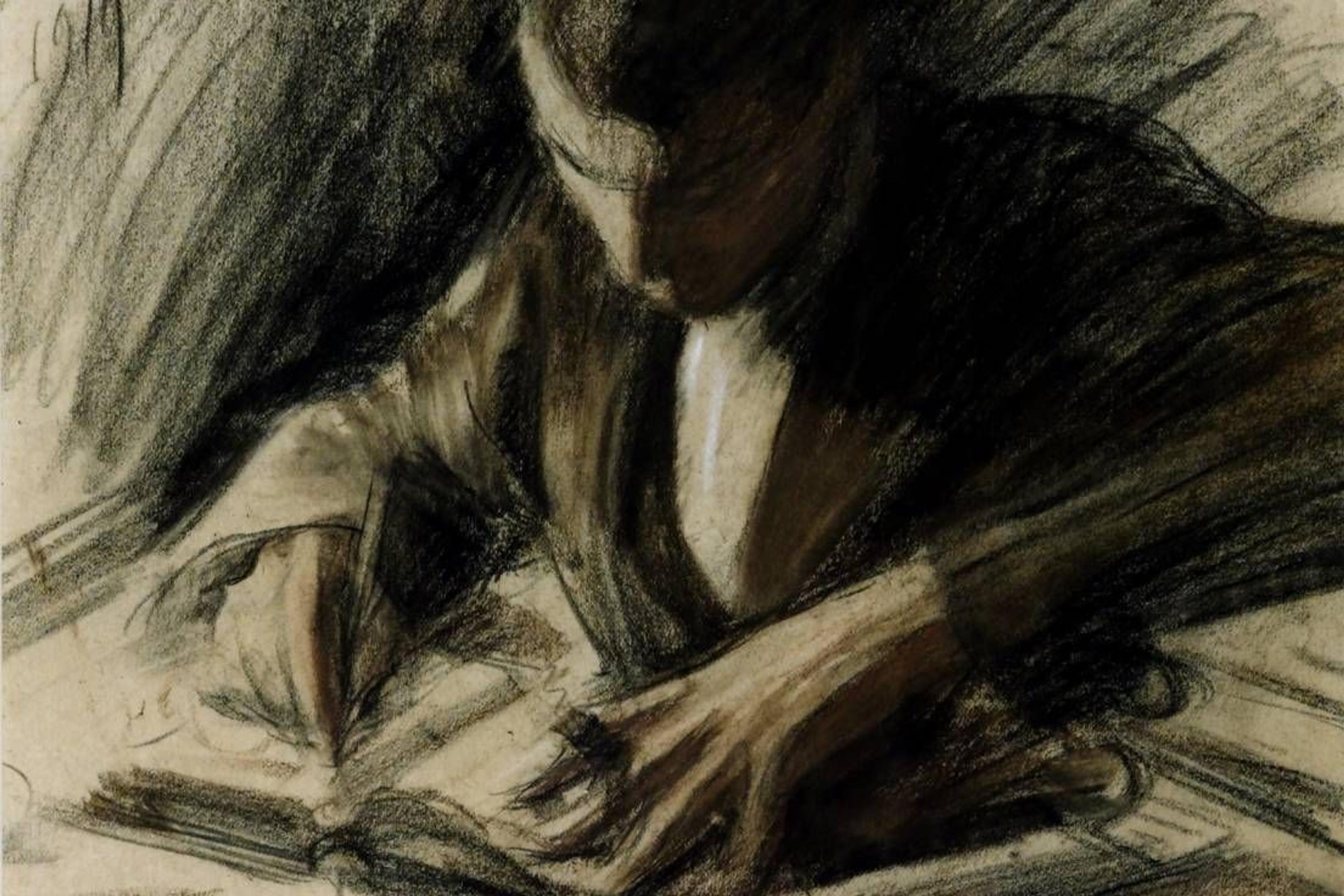
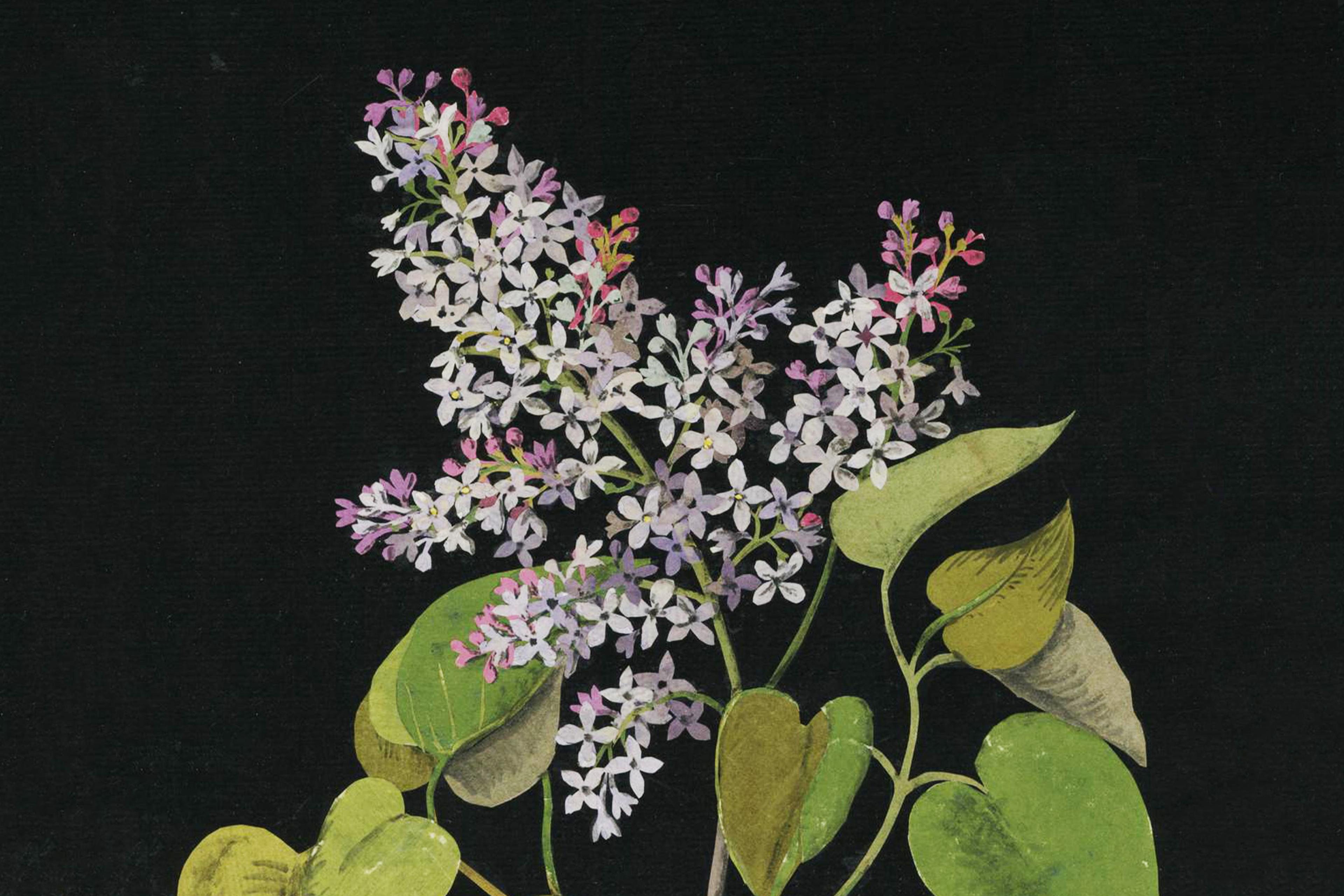
A film by Miléna Trivier
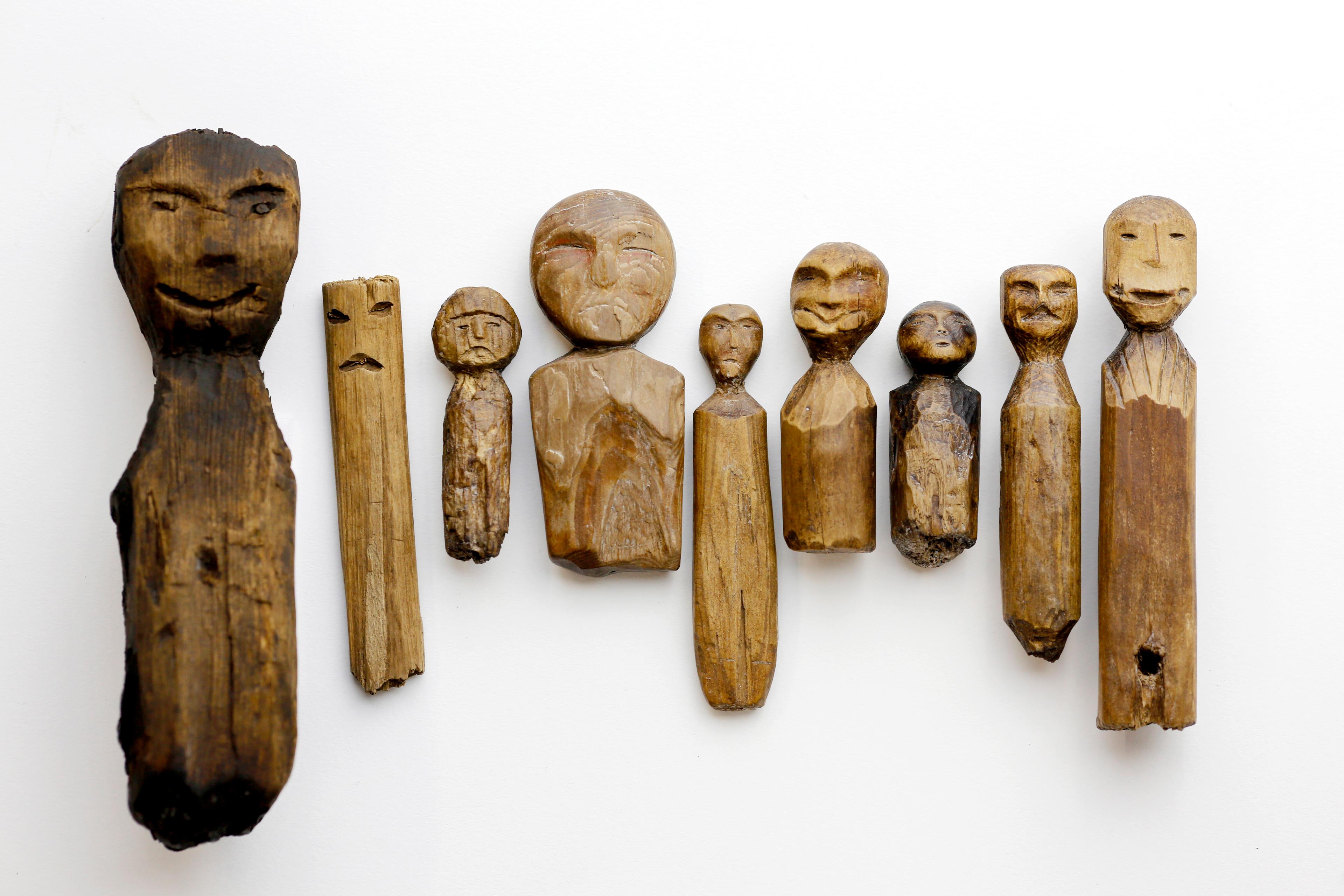
Archaeologists make sense of the past by thinking about the intentional and the natural meanings of what they uncover
by Marilynn Johnson
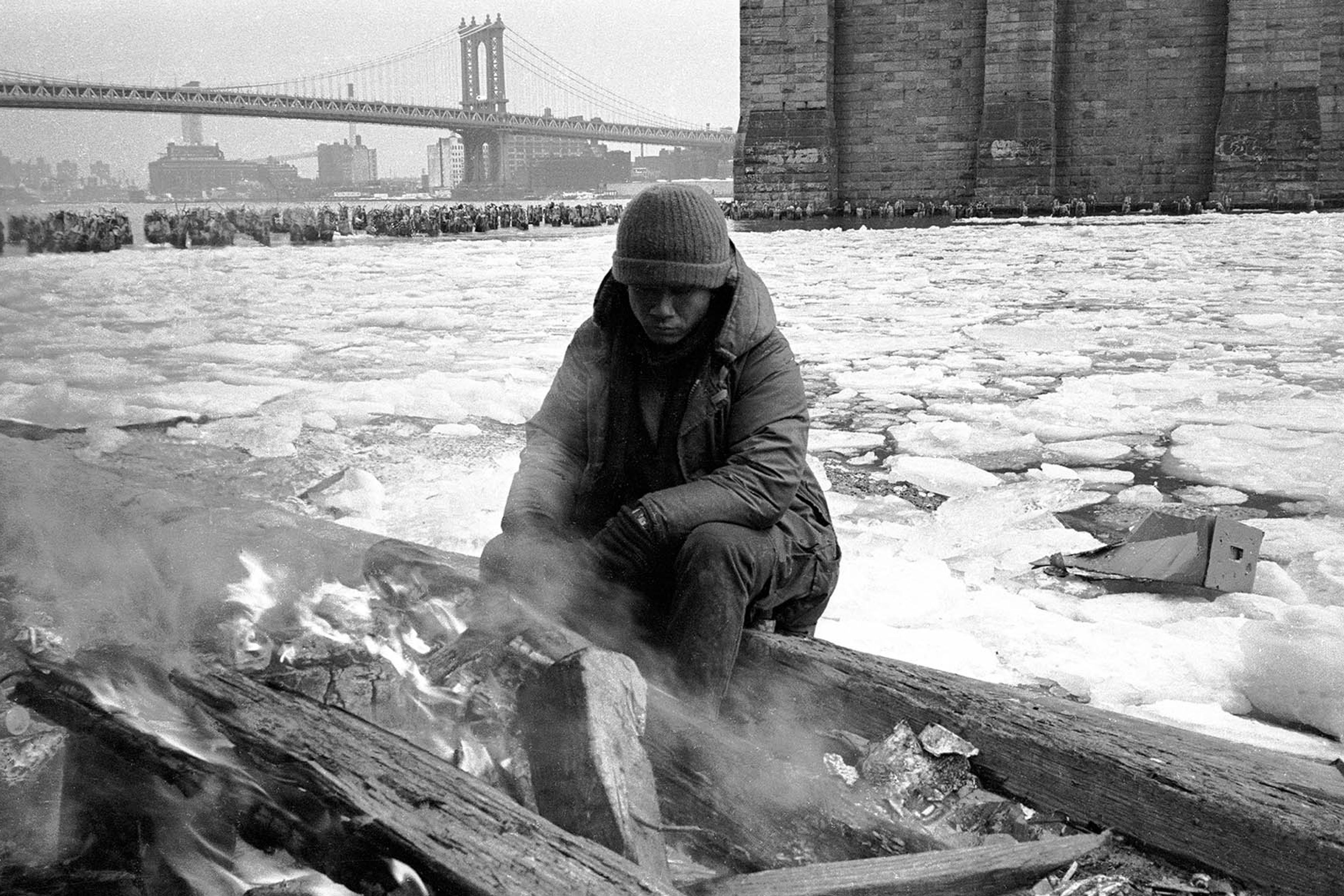
Directed by Adrian Heathfield & Hugo Glendinning
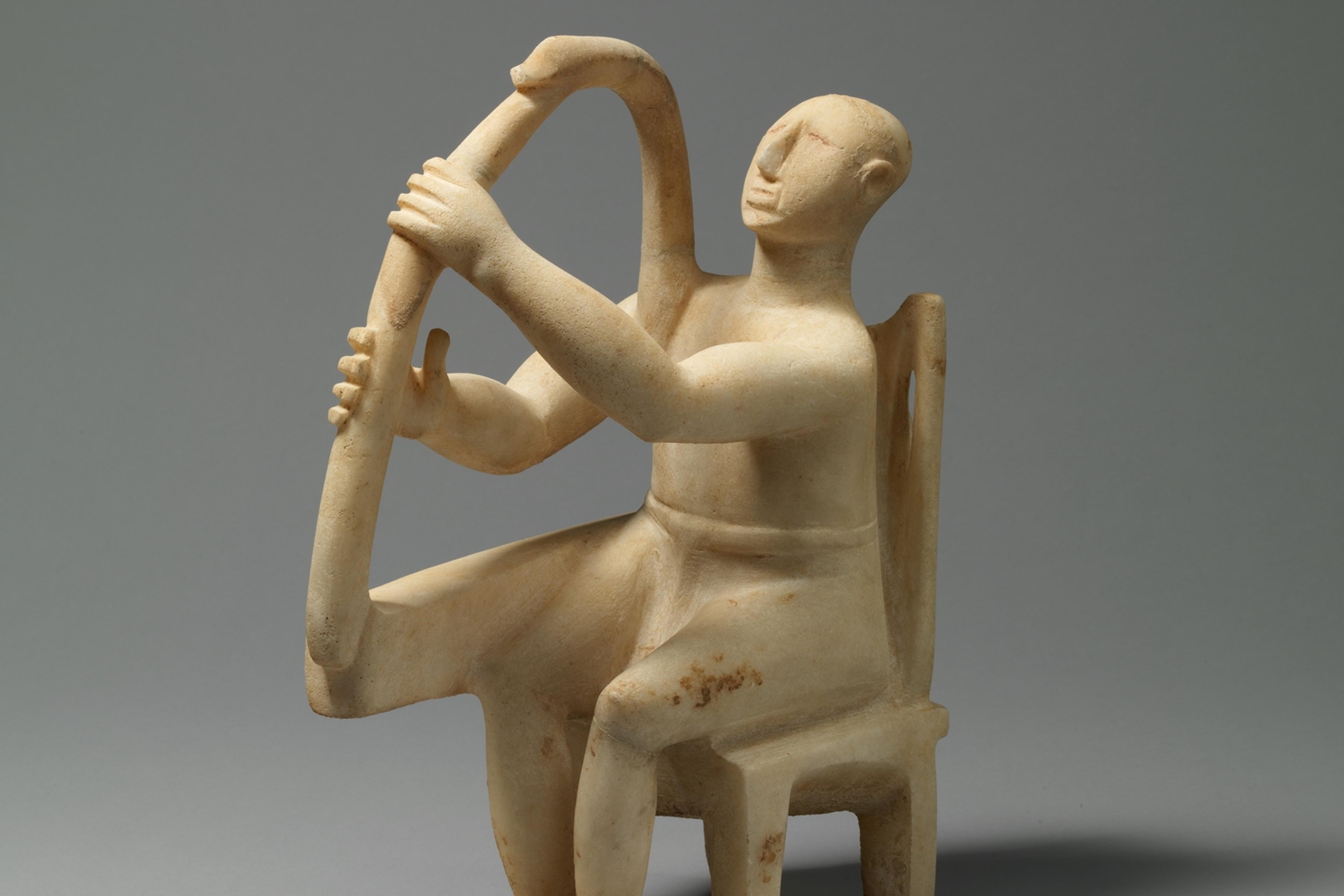
In Athenian philosophy, attunement is important not only in music, but also for moods, attitudes and states of mind
by John Bagby
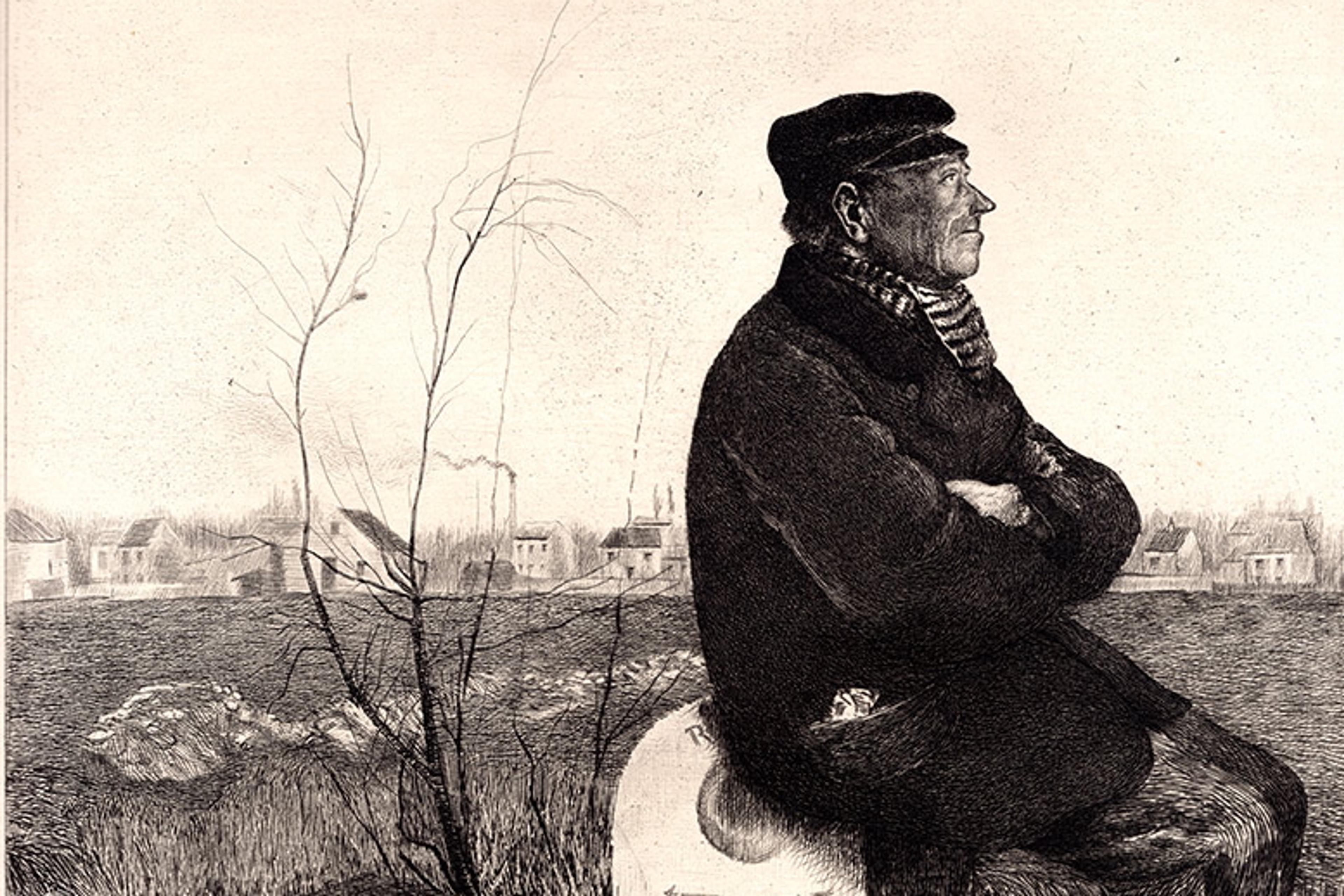
Why our understanding of Jean-François Raffaëlli’s ‘Roadman’ portrait can use a little help from evolutionary psychology
by Dan Sperber

Directed by Aisling Chin-Yee
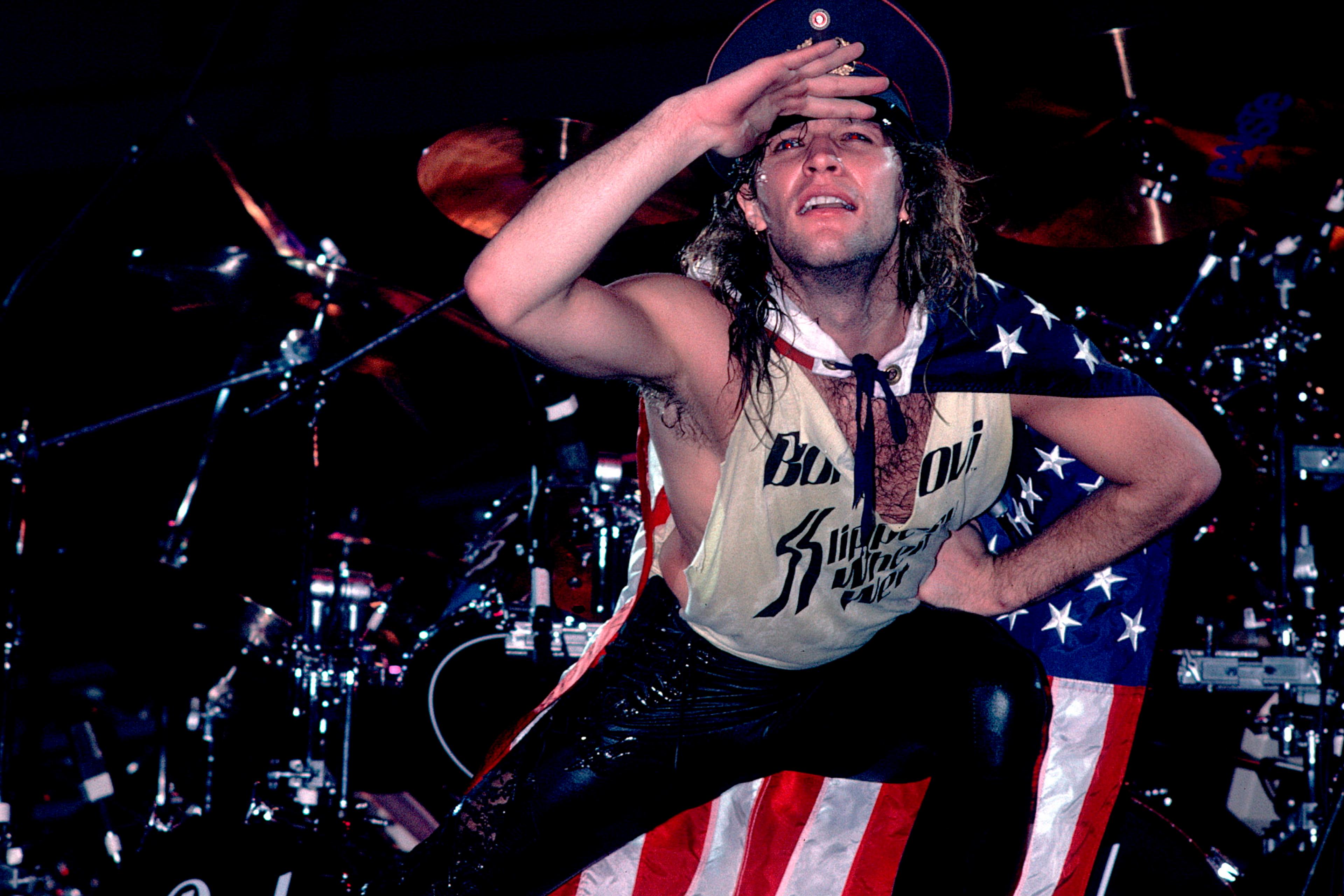
Aesthetic questions don’t have answers ‘out there’ in the world. We’re free to decide what’s a glitch or a sculpture, and why
by Elizabeth Cantalamessa

Directed by Drew Christie
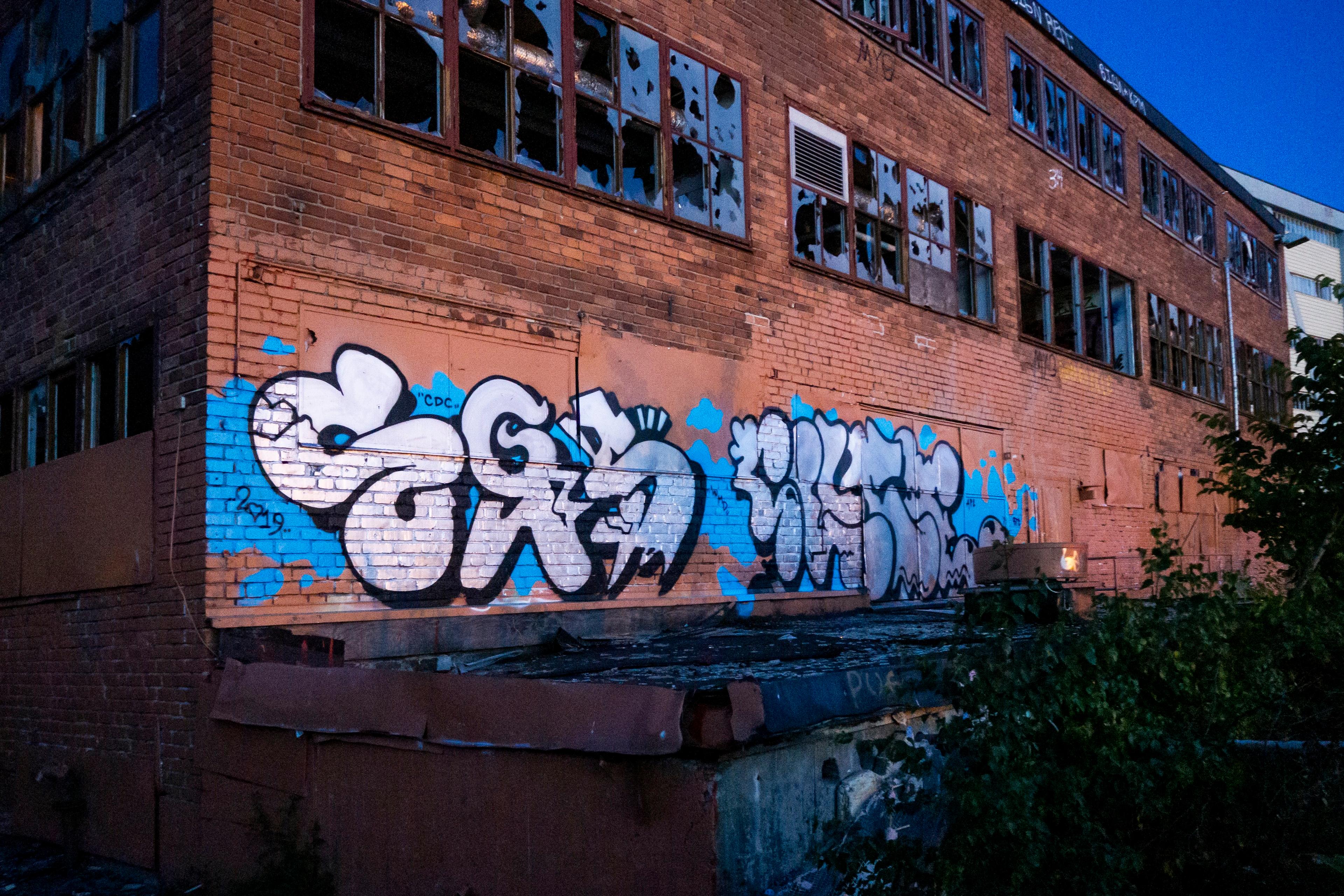
They might appear to have little in common with statues or obelisks, but graffiti images serve a vital public function
by Rafael Schacter